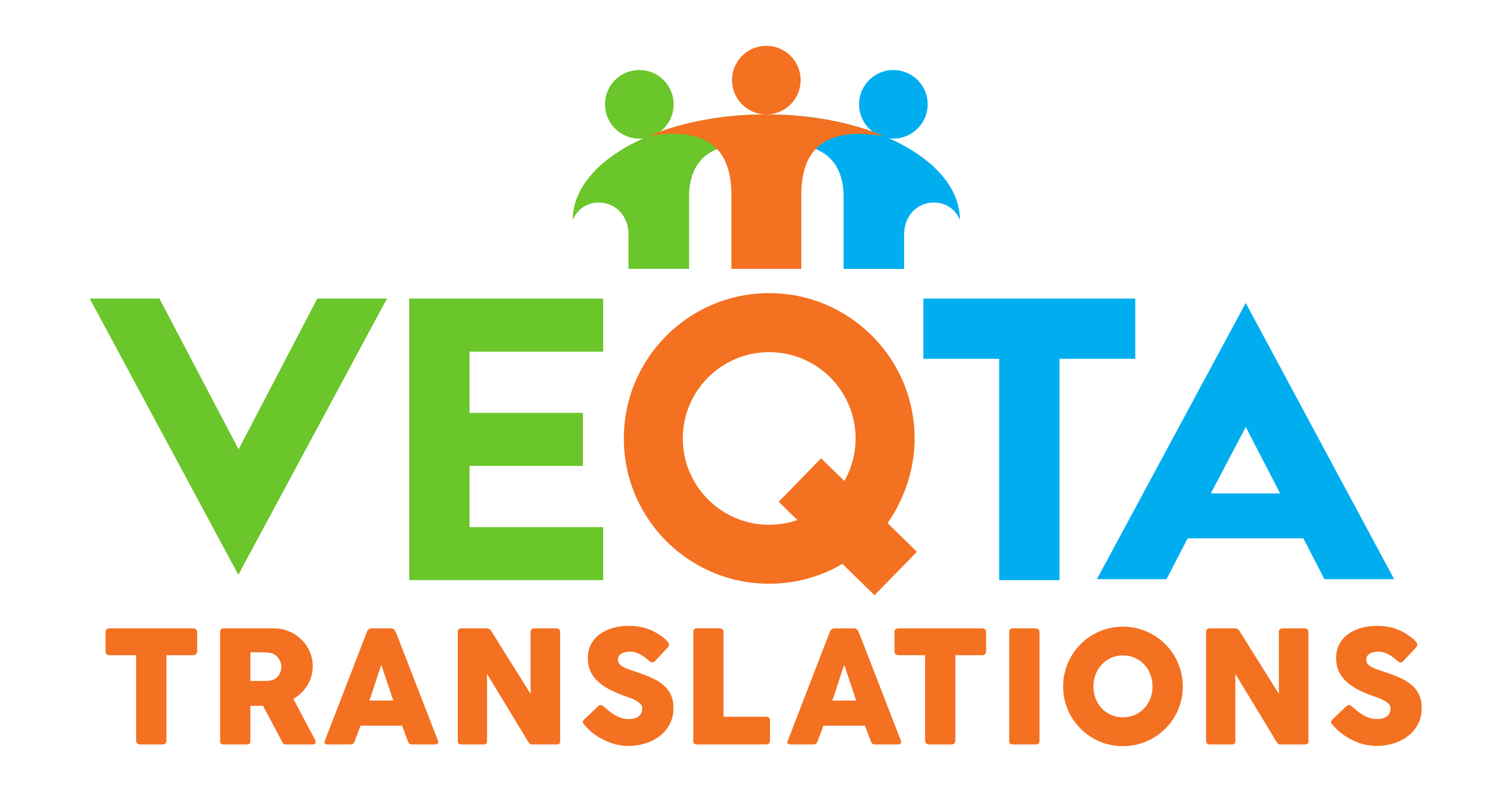Thai to English localization is often described as a balancing act between accuracy and cultural empathy. Thai is not merely a collection of words and grammar—it encodes social hierarchy, face‑saving, and Buddhist worldview inside routine expressions. If you translate only at the sentence level, you can miss the real message hidden in tone, particles, and context. This article unpacks seven cultural concepts that often challenge English translators: kreng jai (considerate restraint), sanuk (the pursuit of enjoyable harmony), wai and honorifics, the influence of Buddhism in sentiment and metaphor, indirectness and face‑work, emotion and humor in context, and the tightrope between authenticity and adaptation. For each, you’ll see how localization professionals choose strategies—like audience‑aware paraphrase, adaptive tone, and explanatory gloss—to preserve intent and impact in English without sounding stilted.
1) Kreng Jai (เกรงใจ) — Considerate Restraint
Kreng jai is the cultural gravity that shapes Thai communication. It blends deference, empathy, and self‑restraint: people avoid imposing on others, even if it means softening requests or masking disagreement. When moving into English, direct wording can feel abrupt compared to a Thai original steeped in kreng jai. Expert translators often use softer modal verbs (“might,” “could”), hedging phrases (“if convenient,” “when you have a moment”), or restructure calls‑to‑action to keep the interpersonal warmth intact while still being clear. In business settings, a Thai email asking for urgent documents may read like a gentle suggestion; the localized English must respect the relationship while preventing operational delay.
2) Sanuk (สนุก) — Harmony Through Enjoyment
Sanuk is more than “fun”; it’s about shared enjoyment and social ease. A brand voice that leans on playfulness in Thai can feel off‑brand if translated too literally into English for a formal context. Practitioners look at audience expectations first: when targeting Western B2B decision‑makers, they may convert overt playfulness into confident warmth. Conversely, for consumer campaigns, maintaining a light Sanuk‑like tone can differentiate Thai brands abroad—provided idioms and jokes are adapted, not copied.
3) Social Hierarchy, Honorifics, and the Wai
Thai embeds hierarchy and respect through pronouns, particles, and honorifics, complemented by the wai gesture. English lacks equivalent grammar, so hierarchy must be conveyed by register and micro‑signals: titles (Khun, Ajarn), job roles, courtesy markers, and careful sentence structure. When localizing dialogues, experts sometimes omit literal honorifics but keep power distance in tone—e.g., more formal vocabulary, deferential framing, or explicit role cues (“Professor”, “Director”).
4) Buddhist Influence on Tone and Metaphor
Theravada Buddhist ideas—impermanence, moderation, accumulation of merit—surface in Thai metaphors and corporate narratives. Messaging that references karma or merit may land awkwardly in secular English contexts. Localization teams check brand risk and audience comfort: in general‑market English, they convert religious metaphor into universal ethics (long‑term goodwill, sustainability, humility), while editorial content for Thai diaspora or Asia‑savvy readers may keep the original flavor with a brief gloss.
5) Indirectness, Face‑Saving, and Polite Refusal
Thai favors indirect disagreement to protect relationships. Simple English “no” can sound harsh when back‑translated into Thai. Translators simulate Thai politeness by shaping negative responses into alternatives and conditions: “We may not be able to meet Friday, but we can prioritize Monday morning.” For customer support scripts, this prevents escalation and mirrors the Thai preference for smooth social dynamics.
6) Emotion, Particles, and Contextual Humor
Sentence‑final particles (ka/khrap, na, si) encode politeness, softness, or emphasis. Since English has no direct particle system, translators recreate the effect with punctuation, intonation hints, and sentence rhythm. Humor related to puns or tonal play requires creative substitution, not literal carryover; otherwise the joke dies. Quality assurance includes read‑aloud checks to ensure the localized line still lands emotionally.
7) Authenticity vs. Adaptation: The Tightrope
The final challenge is choosing what to preserve. Over‑domestication erases Thai identity; over‑foreignization confuses readers. A practical heuristic is purpose: legal and safety content favors clarity over cultural flourish; marketing can retain more Thai texture if it remains intelligible. Experts build term bases and style notes that say when to explain, replace, or keep culturally marked elements.
Conclusion
Effective Thai to English localization blends cultural intelligence with editorial discipline. By planning for kreng jai, sanuk, hierarchy, Buddhist overtones, indirectness, and emotional particles, translators safeguard both meaning and relationship. The outcome is content that reads naturally in English, yet still feels unmistakably Thai where it matters.
FAQs
Q: Is literal translation ever acceptable for Thai content?
A: Yes for tightly regulated content like legal, compliance, or safety notices—but even then, translators manage politeness and clarity.
Q: How do you handle Thai honorifics in English?
A: Use titles and role labels only when they add clarity; otherwise convey respect via register and tone.
Q: Do you keep Thai idioms in marketing copy?
A: Only if the audience will understand them; otherwise adapt to a functionally equivalent idiom.
Q: What tools help maintain cultural nuance?
A: Customized style guides, term bases, particle notes, and scenario‑based QA checklists.
Q: How do you validate tone in English?
A: Run stakeholder reads, target‑market reviews, and A/B tests on key lines like CTAs and apologetic scripts.


